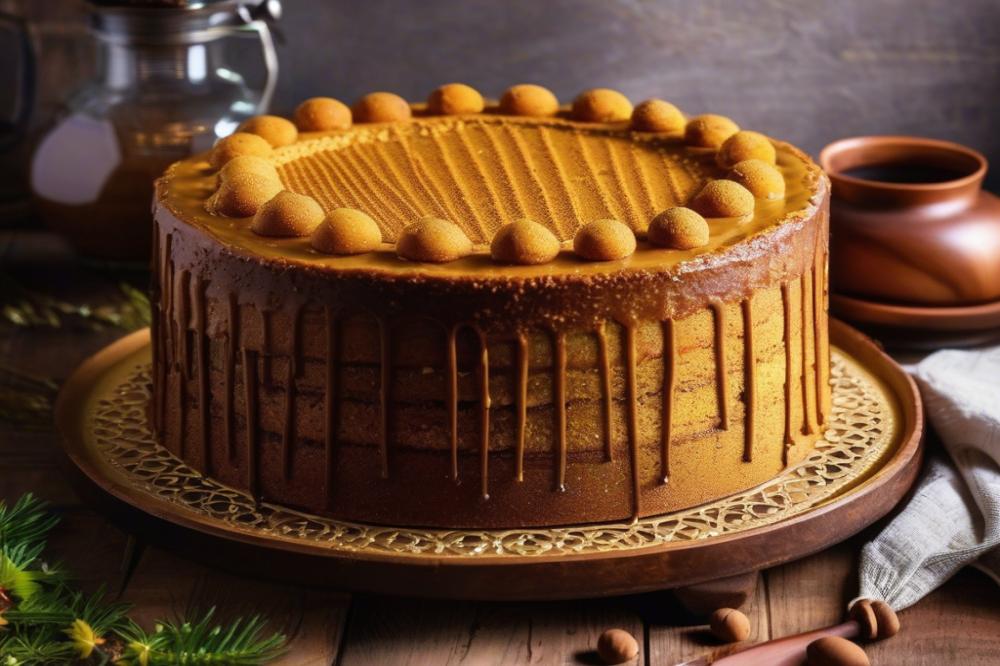Understanding recipebix.com/how-to-make-shorbet-ads-lentil-soup-egyptian-style”>Egyptian Helba Cake
recipebix.com/how-to-make-shorbet-ads-lentil-soup-egyptian-style”>Egyptian Helba Cake is a beloved dessert in Egypt, celebrated for its delightful flavor and aroma. This traditional cake embodies the rich tapestry of Egyptian culture and culinary practices. Families often prepare it during special occasions or gatherings, making it an integral part of their festive traditions.
At the heart of the Helba Cake is fenugreek, a remarkable ingredient known for both its health benefits and distinctive taste. This spice gives the cake a unique character, setting it apart from other sweet treats. Fenugreek has been traditionally used in Middle Eastern recipes for its medicinal properties. Its warm and slightly bitter flavor contrasts beautifully with the sweetness of the cake, creating a balanced taste profile.
Arabic sweets hold a significant place in Middle Eastern cuisine. They bring people together, offering a sense of community and celebration. From baklava to kanafeh, these desserts are often rich in flavors and textures. The preparation of these sweets can involve complex recipes and varied spices. This emphasis on flavor and tradition makes savories and sweets alike cherished aspects of food culture in the region.
Making Fenugreek Cake is not only about baking; it’s about connecting with a heritage that spans generations. The combination of spices, sweetness, and unique ingredients fosters a joy that is shared among family and friends. Understanding and embracing traditional desserts like Egyptian Helba Cake allows us to appreciate the diverse culinary landscape of Egypt and the broader Middle Eastern world.
Understanding Egyptian Helba Cake
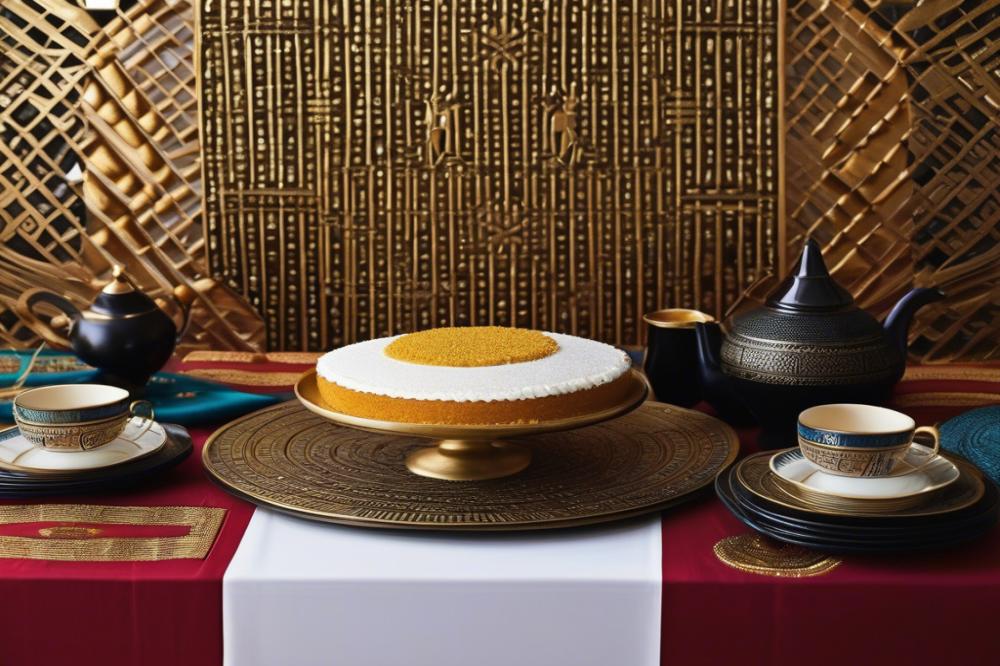
The origins of the Egyptian Helba cake trace back to the rich culinary traditions of Egypt. This dessert, also known as a sweet treat made with fenugreek, holds a special place in the hearts of many Egyptians. It is often prepared for celebrations and family gatherings, highlighting the cake’s cultural significance. This traditional cake symbolizes hospitality and community in its native land.
People often seek healthier options when it comes to sweets. Helba cake fits well into the category of healthy desserts. Made with wholesome ingredients, this cake stands out compared to more indulgent alternatives. The use of fenugreek not only adds flavor but also promises nutritional benefits. Among other spices, fenugreek is known for its health properties, making this dessert a guilt-free choice for those who wish to indulge.
Baking with fenugreek creates a distinctive flavor profile that sets this dessert apart from classic Arabic sweets. The unique taste can surprise first-time tasters, as its somewhat earthy notes provide an interesting contrast to the traditionally sweet profile of cakes. Unlike other dessert recipes, helba combines a variety of spices, making every bite a miniature adventure. Exploring the world of Middle Eastern cuisine, one encounters how such ingredients work harmoniously in creating delightful flavors.
Ingredients and Nutritional Information
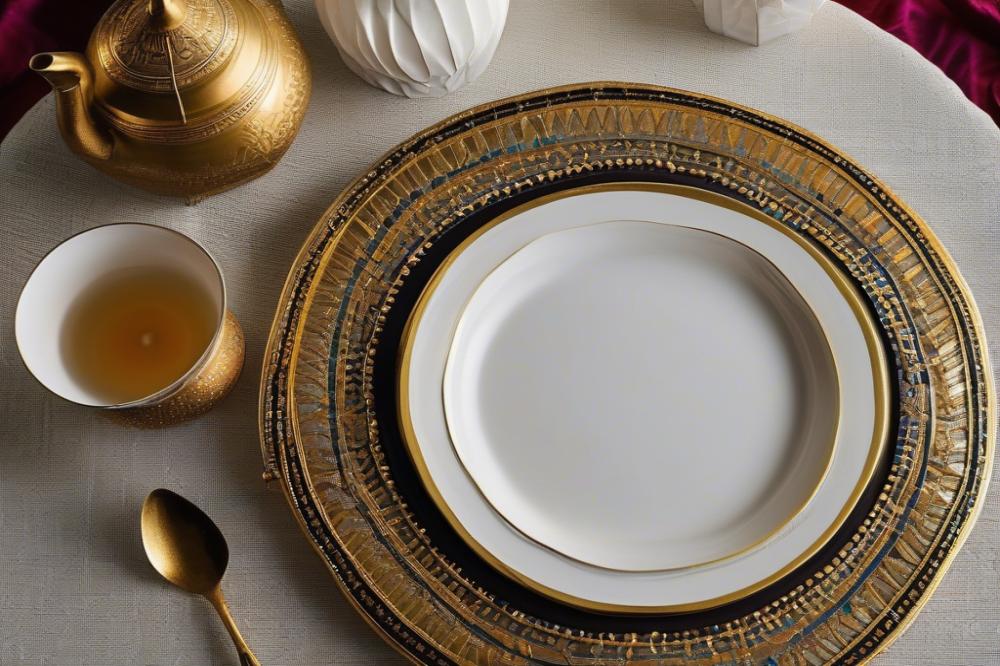
This delightful Egyptian dessert, often known for its distinctive composition, comes together with a variety of ingredients. Baking this traditional cake requires attention to detail and quality. Here’s the detailed ingredients list with quantities:
- 1 cup fenugreek seeds
- 2 cups all-purpose flour
- 1 cup sugar
- 1/2 cup vegetable oil
- 1 cup milk
- 3 large eggs
- 1 tbsp baking powder
- 1 tsp vanilla extract
- 1/2 tsp salt
Now let’s break down the nutritional information for each ingredient. Understanding the nutritional profile can help you make informed choices. Here’s a closer look at what each element offers:
- Fenugreek seeds: Approximately 60 calories per cup, rich in iron, magnesium, and vitamins. Contains dietary fiber, aiding in digestion.
- All-purpose flour: Roughly 910 calories for 2 cups. This ingredient is a primary source of carbohydrates, contributing to energy.
- Sugar: About 775 calories for 1 cup. Note that it provides a quick source of energy but offers very little in terms of vitamins.
- Vegetable oil: Contains about 900 calories for 1/2 cup. It is high in fats, particularly unsaturated fats, which can be part of a heart-healthy diet.
- Milk: Around 150 calories per cup. Milk adds calcium and protein, essential for bone health.
- Large eggs: Each egg has roughly 70 calories. Eggs are a source of high-quality protein and contain B vitamins.
- Baking powder: Generally negligible calories but important for leavening. This ingredient helps the cake rise.
- Vanilla extract: Approximately 12 calories per teaspoon, adding flavor without significant nutritional impact.
- Salt: Minimal calories. Yet, it enhances flavor and plays a role in digestion and fluid balance.
When combined, these ingredients create a unique fusion of flavors for an unforgettable Egyptian dessert. Each component contributes its own texture and taste profile. Healthy desserts can be enjoyed as sweet treats; this recipe balances healthiness with sweetness. Fenugreek gives the cake a special aroma, bringing a touch of Arabic sweets to your kitchen. Spices can enhance the experience further as you explore the depths of Middle Eastern cuisine.
Baking Instructions
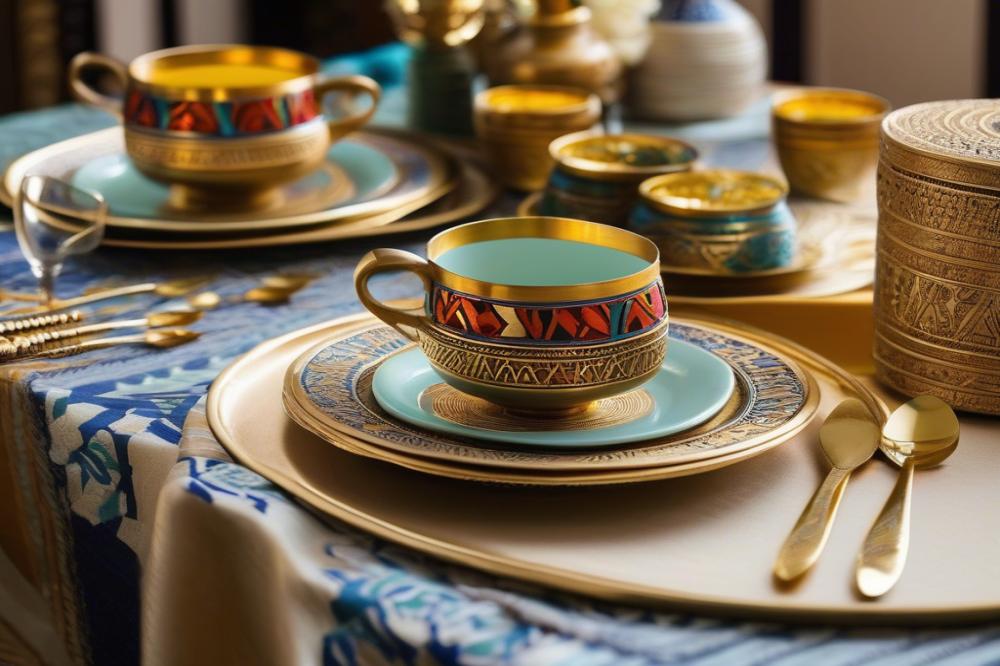
Step-by-step Method for Preparing Egyptian Helba Cake
Begin by soaking the fenugreek seeds. Place them in a bowl with enough water to cover. Let them soak for several hours, preferably overnight. This soaking enhances the flavor and texture of the seeds. After soaking, drain the water and add the seeds to a spice grinder. Blend until the seeds become a fine powder. The grinding process releases the aromatic oils, which will enrich your cake.
Next, gather your ingredients for the wet and dry mixtures. In a separate bowl, mix the ground fenugreek with flour, sugar, baking powder, and any desired spices. Common spices that complement this traditional dessert include cinnamon or cardamom. Combine these dry ingredients thoroughly. In another bowl, whisk together eggs, milk, and vegetable oil. Make sure these wet ingredients are well blended.
Now it’s time to combine the two mixtures. Gradually add the dry mixture to the wet one, stirring gently. The goal is to create a smooth batter without lumps. Once combined, pour the mixture into a greased baking pan. Preheat your oven to 350°F (175°C) before placing the cake inside. Bake for approximately 30-40 minutes. The cake is done when a toothpick inserted into the center comes out clean, indicating it has baked thoroughly.
Tips for Achieving the Perfect Texture and Flavor
To enhance the flavor, consider adding a touch of vanilla extract. A small amount can elevate the taste significantly. For moisture, using yogurt instead of milk may yield a richer texture. Adjust the sugar according to your preference. If you enjoy sweet treats, stick to the original measurement, but feel free to reduce it for a less sweet version.
Experimenting with nuts can also add a nice crunch to the Egyptian dessert. Almonds or walnuts work particularly well. Another intriguing option is to drizzle honey on top after baking. This creates a pleasant contrast to the spices. Baking needs careful attention, so keep an eye on your cake as it cooks. Tuning into the aroma and color can guide your timing.
Serving Suggestions and Variations
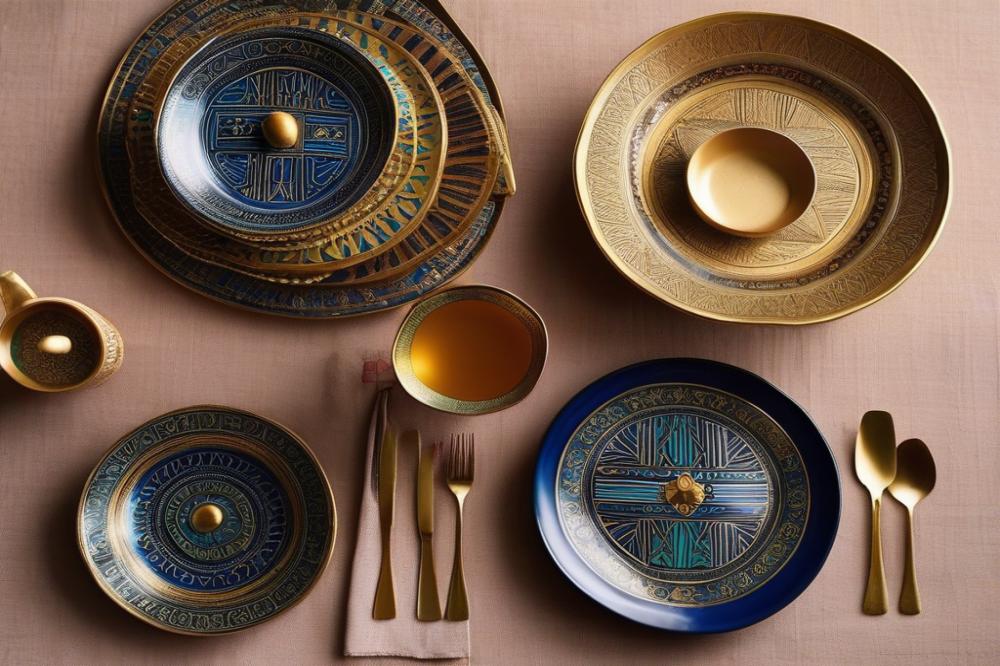
Presentation matters when serving this delightful Egyptian dessert. A simple method is to place the cake on a decorative plate. Dusting the top with powdered sugar adds a lovely touch. Additionally, consider garnishing with sesame seeds or finely chopped nuts. This enhances both flavor and appearance, making it visually appealing.
Pairing the cake with Arabic coffee or tea brings out the best in each. The strong, rich flavors of these beverages balance the sweetness of the cake. Serving a small cup of spiced tea alongside can create an inviting experience for guests. Offering both options can cater to different tastes.
Potential Variations to Customize the Cake
Recipes often allow room for creativity. One popular variation involves adding nuts or raisins to the batter. Walnuts or almonds can introduce a delightful crunch. Alternatively, consider folding in plump raisins for added sweetness. Each option contributes a unique texture to the sweet treats.
Using honey as a sweetener is another excellent choice. This adaptation not only adds a distinct flavor but also enhances the cake’s health benefits. Honey can replace sugar in the recipe with little trouble. The result is a more natural sweetness that pairs marvelously with the spices in the cake.
Middle Eastern cuisine offers many flavors and ingredients. Don’t hesitate to experiment with spices. A pinch of cinnamon or a hint of cardamom can elevate the taste. Such changes can make each baking session feel fresh and exciting.
Reflecting on the Flavorful Tradition
The Egyptian Helba Cake holds a special place in the realm of traditional baking. It embodies cultural history and showcases the deep connection between food and community in Egypt. This dessert is more than just a treat; it represents celebrations and shared moments among family and friends. Each bite carries the essence of a rich culinary heritage infused with the distinct flavor of fenugreek.
Trying your hand at this recipe can be an enjoyable experience. Crafting this cake not only allows you to explore new culinary techniques but also introduces you to new tastes. The aroma of fenugreek wafting through your kitchen may attract curious onlookers, eager to taste this delightful creation. Don’t hesitate to gather your loved ones for a fun baking session. Making it together can amplify the joy of experiencing this Egyptian dessert.
Middle Eastern cuisine is distinguished by its vibrant use of spices, which play a crucial role in many sweet and savory dishes. These ingredients transform ordinary recipes into extraordinary contributions to the dining table. Exploring this region’s flavors can enhance your culinary skills and broaden your palate. As you experiment with spices, you discover their potential to elevate desserts, adding layers of flavor that delight the senses. Embrace the journey of cooking, and let this enchanting cake inspire you to dive deeper into the world of spices and traditions.

